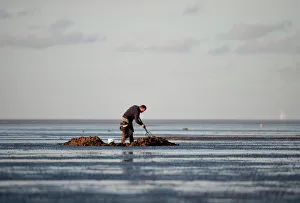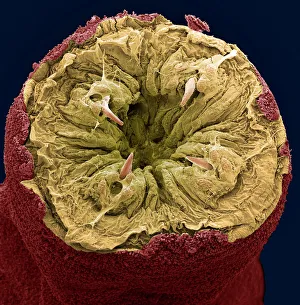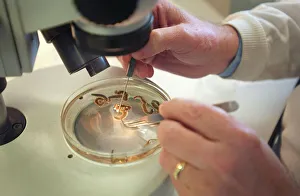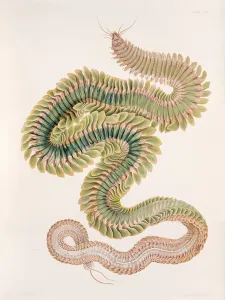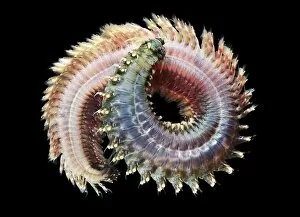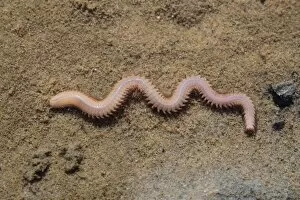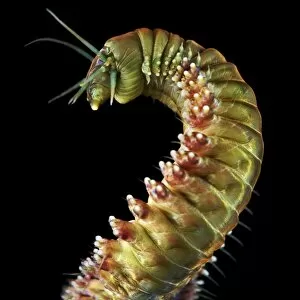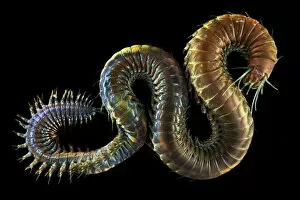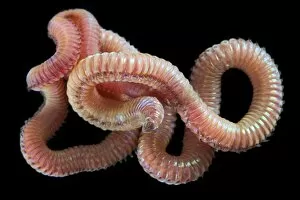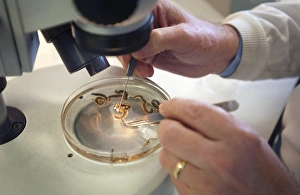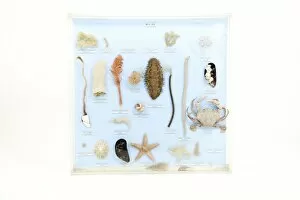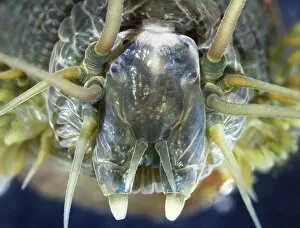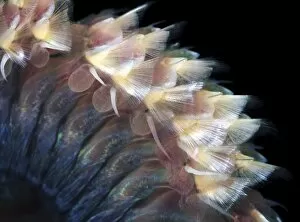Ragworm Collection
Beneath the muddy depths of The Wash off Snettisham Norfolk, a fascinating world unfolds as bait diggers uncover the elusive ragworms during winter
All Professionally Made to Order for Quick Shipping
Beneath the muddy depths of The Wash off Snettisham Norfolk, a fascinating world unfolds as bait diggers uncover the elusive ragworms during winter. These slimy creatures, known for their remarkable ability to burrow deep into the earth, hold secrets waiting to be unraveled. A closer look at the mouth of a ragworm under scanning electron microscopy reveals intricate structures designed for capturing prey and devouring organic matter. Scientists tirelessly examine these specimens, seeking insights into their unique adaptations and evolutionary history. Dating back to 1910, an exquisite illustration showcases Nereis virens, commonly referred to as the ragworm. This captivating artwork captures its elegant form and highlights its importance in scientific research throughout time. Colored engravings depict seaworms in all their vibrant glory - a testament to nature's diverse palette. Among them is the sandworm, a close relative of the ragworm that thrives in sandy habitats across coastal regions. In April's embrace along Poole Harbour in Dorset, England, adult White Ragworms (Nephthys hombergii) emerge from beneath the sand. Their presence serves as a reminder of nature's resilience and adaptability even amidst changing seasons. Through lens C015 / 9357, C015 / 9366, C015 / 9326 and C015 / 9379 capture mesmerizing snapshots of these mysterious creatures in their natural habitat - showcasing their beauty up close while leaving us marveling at their intricate details. And there it is again – another scientist engrossed with a ragworm specimen captured by lens C016/5976. With unwavering dedication and curiosity driving them forward on this quest for knowledge about these enigmatic organisms. The world of ragworms beckons us with its allure – from mudflats to laboratories; illustrations to colored engravings; sandy shores to harbors brimming with life.

